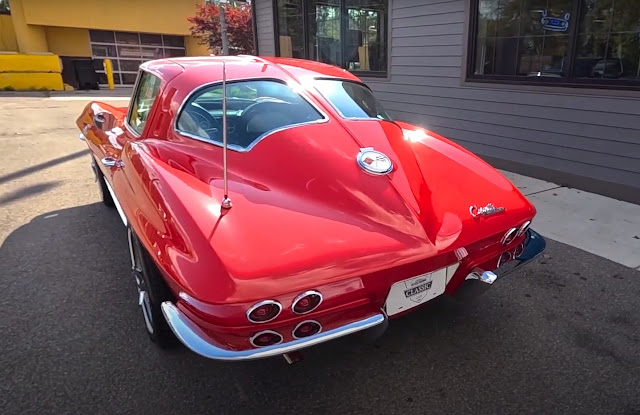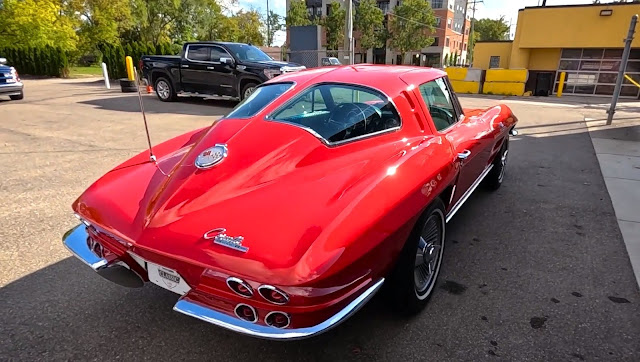The Allure of First-Generation Chevrolet Corvettes
As a classic car enthusiast, my heart beats for the first-generation Chevrolet Corvette, or C1. From the early 1953 model featuring an underpowered inline-six to the 1962 variant with its potent 327-cubic-inch (5.4-liter) V8, every C1 holds a special place in my automotive affections. Yet, there's something about the first-year C2 that truly captivates me.

The second-generation Corvette, or C2, marked a radical departure from its predecessor. The sleek and aggressive design of the C2, introduced in the early '60s, took the automotive world by storm. The coupe, in particular, stands out with its drop-dead gorgeous V-shaped roof, muscular haunches, and iconic pop-up headlamps.
The Power of the C2 and a Personal Preference


Produced for five years, the C2 Corvette boasted some of General Motors' most powerful big-block engines. From the 425-horsepower 396-cubic-inch (6.5-liter) engine in 1965 to the 435-horsepower 427-cubic-inch (7.0-liter) powerhouse in 1966, the C2 was a performance marvel. However, despite my appreciation for big-block engines, my heart leans toward a small-block 1963 model over a late C2 any day of the week.
The 1963 C2 Corvette, in my eyes, is a standout model. It introduced some cool design features that make it a unique and rare gem in the Corvette lineage.

One distinctive feature of the 1963 C2 Corvette is its split rear window. While it may compromise rear visibility, it pays homage to pre-WWII automobiles. Notably, this feature is exclusive to the 1963 model year, as Chevrolet discontinued the split window thereafter.
Hood Louvers and Other Exclusive Features

The 1963 C2 Corvette not only featured the split rear window but also boasted hood louvers, a design element absent in the 1964 model year. As a fan of hood louvers, especially those mounted toward the nose, this detail sets the 1963 'Vette apart.
In 1963, the C2 Corvette housed a small-block 327 V8 under the hood. Various iterations of this engine were available, ranging from a 250-horsepower base model to a 360-horsepower fuel-injected variant. The latter, though powerful, was less popular due to its higher cost.
The 1963 C2 Corvette, especially in coupe form, is a rarity. With only 10,594 coupes produced that year and some owners later replacing the split window, finding one in its original state is a treasure. The particular red coupe I admire likely belongs to a select group of fewer than 1,500 units with its specific body/powertrain combination.
# FAQs: Unveiling the Rarity
## Why is the 1963 C2 Corvette considered rare?
The 1963 C2 Corvette is rare due to its exclusive features, including the split rear window and hood louvers, which were discontinued in later models. Additionally, limited production numbers, especially in coupe form, contribute to its rarity.
## What makes the 1963 C2 Corvette's split rear window significant?
The split rear window, while impacting rear visibility, is a distinctive design feature paying tribute to pre-WWII automobiles. It was a one-year-only inclusion in the 1963 model year.
## How many 1963 C2 Corvettes with the fuel-injected option were produced?
The fuel-injected option, despite its powerful 360-horsepower output, was ordered by only 2,610 customers. This makes it a rare feature, especially in combination with the coupe body style.
## Are there other factors contributing to the rarity of the 1963 C2 Corvette?
Yes, besides the exclusive design features, factors like originality (unreplaced split window), specific body/powertrain combinations, and additional options further narrow down production figures, making the 1963 C2 Corvette a truly rare and desirable classic car.
















No comments
Post a Comment